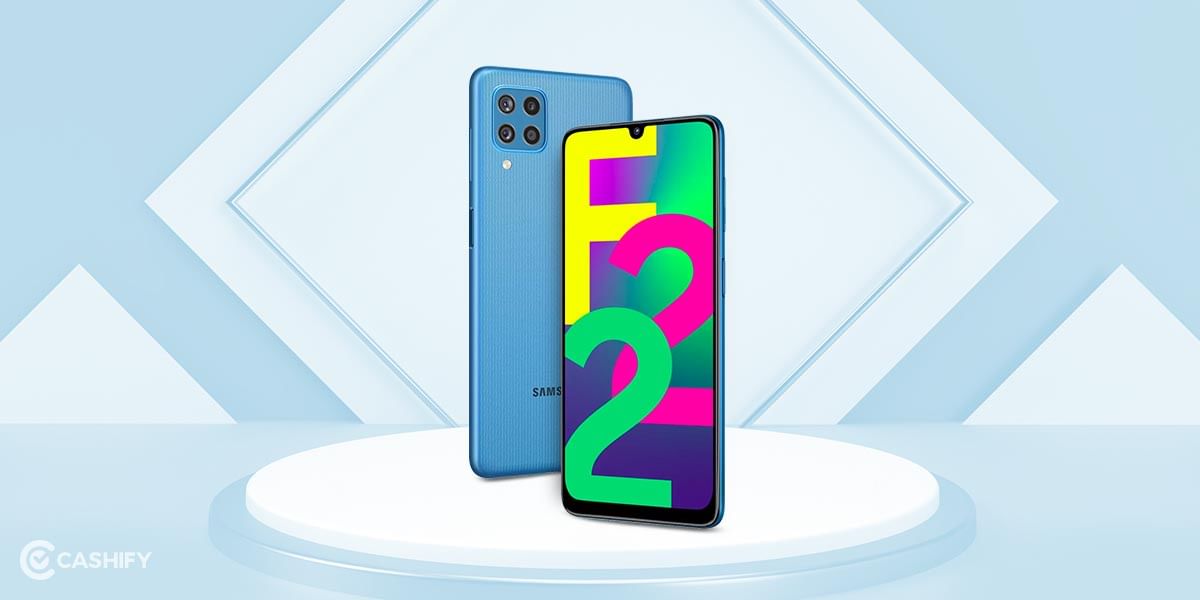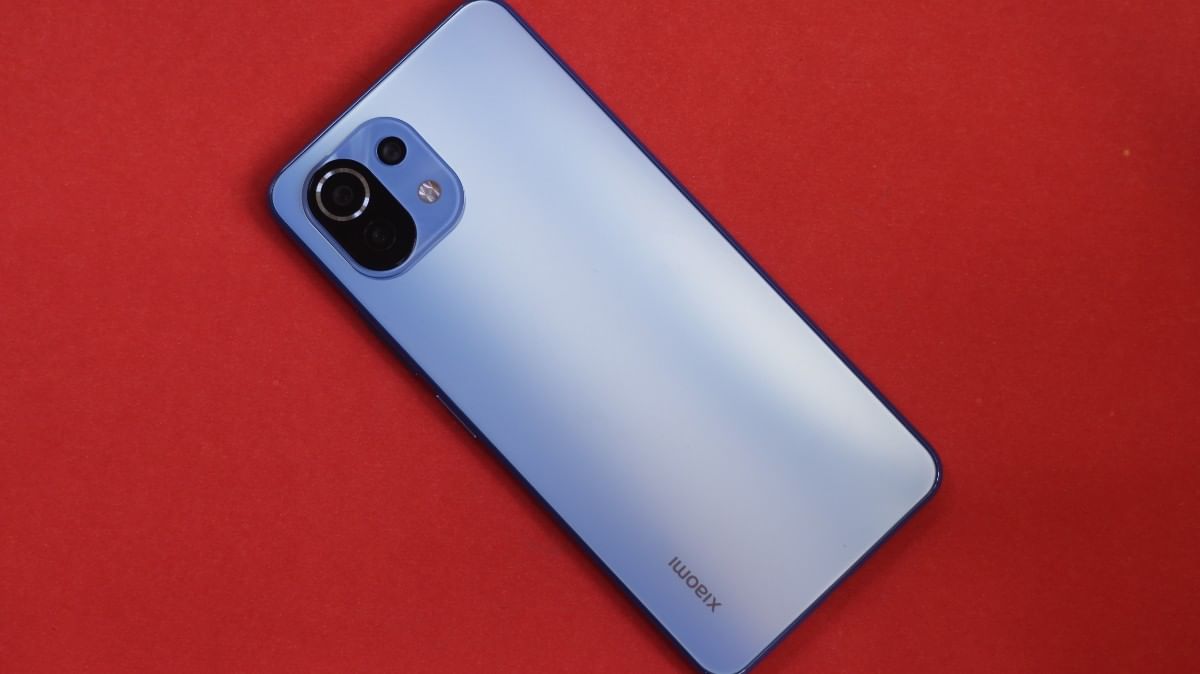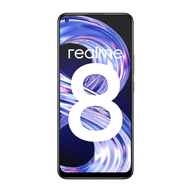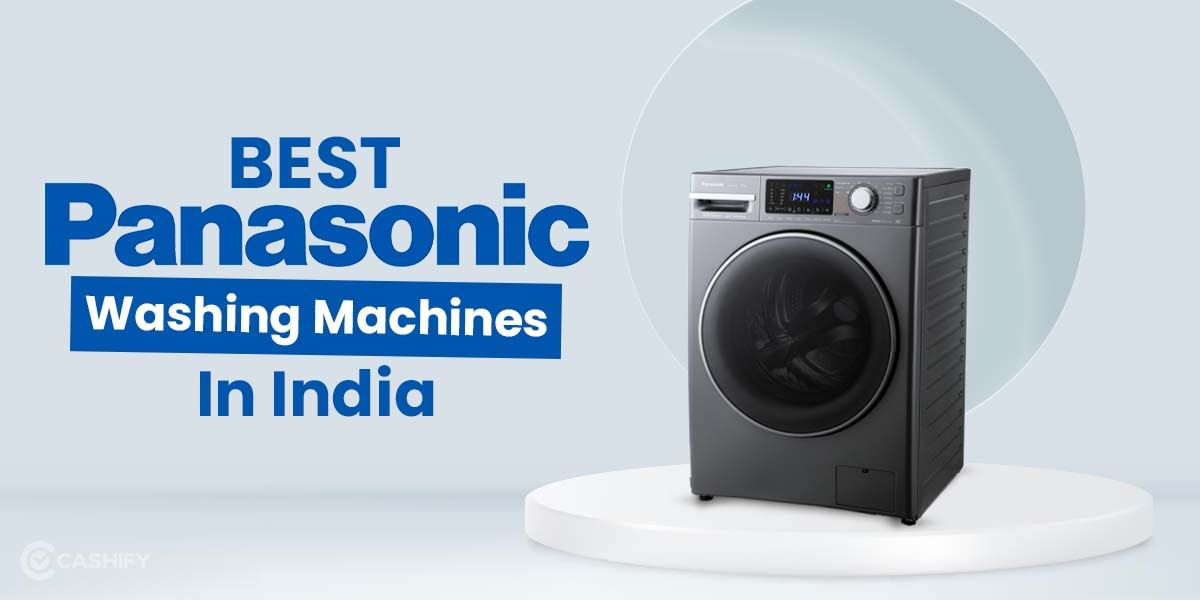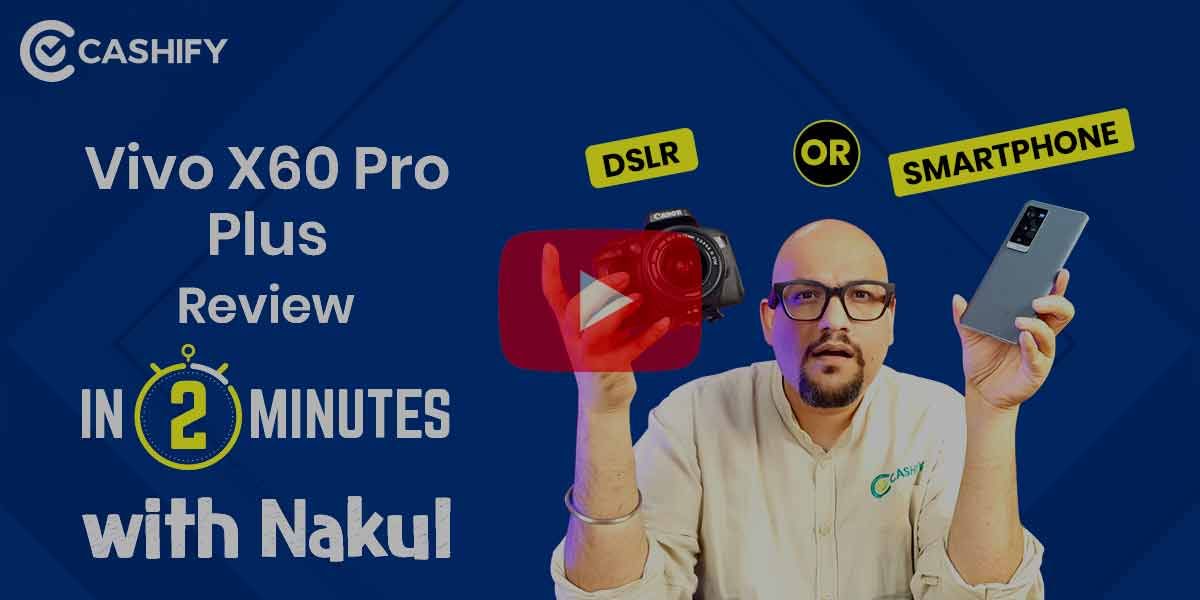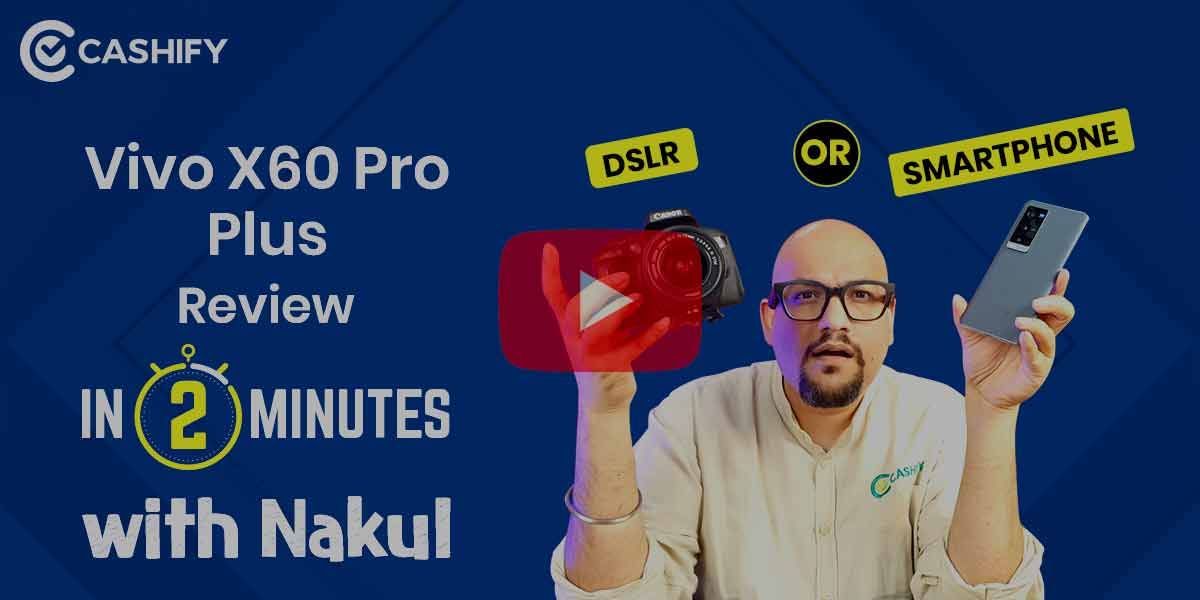Realme 8
Chinese smartphone maker Realme is releasing smartphones at a quite unusual pace probably to provide more options for buyers which is also confusing them in turn. The latest to join in is the Realme 8 series and here, I have been using Realme 8 4G for a while now. This is the standard variant and even has a 5G variant although let’s discount it at this juncture.
Also Read: iQOO 7 Full Review
Realme 8 4G is a straight-up upgrade over the global Realme 7 4G released just a few months ago although that’s on paper. Here’s how the phone actually fares in real life thanks to the hands-on review.
Realme 8 Price in India, Variants, Availability
Realme 8 4G is available in India in three RAM variants i.e. 4/6/8GB with a single 128GB of storage. The 4GB variant is available at Rs 14,999/- while the mid 6GB variant is available at Rs 15,999/-. Finally, the topmost 6GB variant is available at Rs Rs 16,999/- making a difference of a grand with every 2GB RAM you could buy. There’s up to Rs 15,300/- off on Flipkart using its Exchange offer on eligible models. There’s 10 per cent off on using Axis Bank CC along with other deals such as Flipkart Warranty Assistant 1 Year for Rs 99, Disney+ Hoster VIP 1 Year at Rs 399/- and so on.
Realme 8 Box Contents
The yellow packaging of Realme has now become quite standard and we have been seeing that for a lot of time now. Realme 8 comes in a yellow box packaging as well where the box contents include:
- realme 8
- USB Type-C Cable
- 5V6A Charge Adapter
- SIM Card Needle
- Screen Protect Film
- Protect Case
- Quick Start Guide
- Important Product Information (including the Warranty Card)
Realme 8 Specs at a glance
Before we talk in detail about the Realme 8 let’s see what the on-paper specs look like?
- Display: 16.26 cm (6.4 inch) Super AMOLED Full HD+ Display
- Processor: Mediatek Helio G95
- Storage: 4GB/6GB/8GB, 128GB
- Software: realme UI 2.0 based on Android 11
- Rear cameras: 64MP + 8MP + 2MP + 2MP
- Front camera: 16MP
- Battery: 5000 mAh, 30W Dart Charge
- Weight: 177g
- Dimensions: 160.60 x 73.90 x 7.99 mm
Realme 8 Design and Build
At first, Realme 8 4G looks like other Realme phones since the design is something I don’t think Realme pays too much attention to. The giant ‘DARE TO LEAP’ logo still exists and it is a bit ostentatious to have a giant insignia on the look which is clearly visible to people standing far behind you. Realme 8 4G uses the same two-tone design where the area around the insignia written on the right side of the back panel from bottom to top has a different texture than other segments of the back panel.
The back is plastic and not something I would call premium. Plastic at the back means it is a den of smudges and scratches as well as fingerprints which is something you will have to take care of every time you hold your phone without a phone case strapped on it.
Planning to upgrade? Sell Your Old Phone in 60 Seconds From Home
There’s a giant rectangular camera bump on the top-left corner and it is almost square in shape housing four giant lenses housing the quad-camera setup. The bump is raised a bit and the ring around the lens pops up just a bit above protecting the lens.
The frame is plastic as well but Realme did a great job disguising it as a metal frame. It is curved on the left and right while benign flat on top and bottom. Even though it is plastic as well, it has a premium feel to it and also enables better grip on the device.
There’s nothing on top while the left side has a triple card slot housing two Nano 4G SIMs and a microSD card. There’s a power button and volume rocker on the right and finally, a USB-C 2.0 port, a primary mic, a 3.5mm headphone jack, and a single speaker setup are at the bottom. That’s pretty much all about the I/O ports and buttons on Realme 8.
Talking about the front, the bezels are thick and it is apparent that the phone lines in the budget segment just by looking at the bezel’s size. There’s a punch-hole on the top-left, and finally, a Dragontrail glass on top whereas Realme 7 had Gorilla Glass 3 which is a sure step-down.
Just for information, the phone doesn’t have any IP rating and there are no rubber gaskets around the orifices that I could assume that it could be at least a bit splash resistant.
Realme 8 Display
Realme 8 4G is packed with a 6.4-inch Super AMOLED HDR10 panel with a peak of 1000 nits brightness. The resolution on-board is 1080×2400 pixels with a 20:9 aspect ratio with 411 PPI density.
When compared against its predecessor, the Realme 8 gets a massive upgrade with the inclusion of a Super AMOLED panel instead of an LCD one. The display size has reduced to 6.4-inch (which is still large) while maintaining a 20:9 aspect ratio and a resolution of 1080×2400 pixels which makes Realme 8’s display more sharp and wide for gaming and media consumption.
Of course, there are some trade-offs. Say goodbye to the 90Hz refresh rate since Realme 8 4G comes with a standard 60Hz panel although that’s something I am ready to let go of given the massive upgrade from LCD to Super AMOLED. The latter provides deeper blacks, brighter whites, and overall mesmerizing colour reproduction that diminishes the shortcomings.
Do Check Out: AMOLED Vs OLED: Which is Better and Why?
The display is HDR10 and HLG certified and comes with Widevine L1 certification too allowing users to stream HD content on OTT platforms like Netflix and Amazon Prime Video. I wasn’t able to get HDR on Netflix though.
When it comes to the brightness part, it is the place where Realme has made a bold claim of 1000 nits of brightness. When tested, the device clocked in 458 nits and 657 nits of max brightness and manual and auto mode respectively. These numbers are identical to all OLED panels on Realme phones and thus, don’t get anywhere near the 1000 nits mark unless Realme is talking about a specific area in HDR mode to showcase the highest advertised brightness.
Realme 8 Performance
Realme 8 4G is equipped with a MediaTek Helio G95 SoC made on a 12nm fabrication method. The octa-core setup includes two 2.05GHz Cortex-A76 cores with six 2.0GHz Cortex-A55 cores. It is paired with a Mali-G76 MC4 GPU along with 64/128GB UFS 2.1 storage. There’s 4/6/8GB RAM on-board.
I tested Realme 8 on multiple benchmarking platforms. This includes Geekbench 5 where it scores 1690 points on multi-core and 533 points on a single-core test. Apparently, the Helio G95 is able to put up with the likes of the Snapdragon 720G while giving a tough fight to the Snapdragon 662 and 678, Exynos 850, and a few others Of course, the SD860 on the Poco X3 Pro is a clear topper here though.
OnePlus 9R Vs iPhone XR Vs iPhone 12 Full Comparison: Which One To Buy?
I had no issues playing games on Realme 8 4G including some high-graphics titles like PUBG Mobile (or say BGMI in India), Asphalt 8, COD Mobile which is apparently, the games that reviewers use to test the performance. Lightweight or moderate graphics games like Alto’s Odyssey, Candy Crush, Dr Driving, won’t even break a sweat unless you are indulging in longer sessions where even the premium midrange chipsets would begin to heat up.
Overall, playing on Realme 8 4G is bliss thanks to the AMOLED panel, a beefy battery, and fast charging tech combined.
Realme 8 Software
Realme 8 4G runs on the combo of Android 11 sandwiched with Realme UI 2.0 giving the best of both worlds. It is Android 11 with the custom UI of Realme that brings enhanced security, floating and mini windows, plenty of Dark Mode styles, and more. The custom UI is personalized and thus, totally different from the stock Android 11. There are advanced multitasking options, a Smart Sidebar, AOD, Game Space, and a tonne of other features on-board. With that, you also get a tonne of bloatware that you can remove (some) and disable a few.
Compare: Samsung Galaxy F22 vs Samsung Galaxy M32 vs Samsung Galaxy A32
Realme 8 Camera
Realme 8 4G arrives with a quad-camera setup at the back. It includes a 64MP wide-angle sensor with f/1.8 aperture, PDAF; a secondary 8MP ultrawide snapper with f/2.3 aperture, 119-degree FoV along with 2MP macro and 2MP depth sensor each with f/2.4 aperture. On the front, there’s a 16MP snapper with an f/2.5 aperture.
The primary sensor mounted on Realme 8 4G is way too popular and we have already spotted it on Realme 7/7 pro, Redmi K30 Ultra, Galaxy M31s, and M51 among others. Let’s dive into the photo quality using the front and rear camera setup.
Check Out: iQOO 7 Full Camera Review
The primary sensor uses 4-in-1 binning to capture 16MP shots. Filled with lively colours, plenty of details, the shots came out with decent dynamic range. Note that I did end up with some over-saturated shots. You do get some noise in the shots as well and we can blame Realme’s processing for the very fact. The AI Scene Enhancement toggle on Realme 8 4G captures HDR shots with vibrant and popping colours that look brilliant, to be honest.
As the case with any other smartphone, you can still capture full-fledged 64MP shots that create a larger file size. There’s an AI Scene Detection on the primary sensor too. You can use 2x and 5x as well as go for 10x digital zoom. The quality of the shots depends on the zoom level where 2x is surprisingly good, 5x is better, and 10x makes the shots too fake-looking.
Low-light photography on the primary sensor is well-processed although some level of noise is retained. Overall, the shots were convincing with colours true to life. There’s an AI Scene Detection tool too that grabs better HDR shots at nighttime.
Also Read: Samsung Galaxy A22 Full Review
Then you have an 8MP ultrawide snapper that takes wider shots. It takes good-quality shots although it underexposes many shots as well. You can use various zoom levels using the ultrawide snapper as well. You can take quality shots using ultrawide snapper at low-light as well although I wouldn’t say it is any better than the primary cam as the highlights are poorly handled and there are still many issues with the nighttime shots that Realme has to fix probably with software updates.
Next up, we have the 2MP macro sensor which is good for daytime and captures perfect shots at a close focal length. Finally, the 2MP depth sensor works with the primary sensor for portrait shots with detailed subject, better edge detection, and applies good-quality blurs on the background.
Finally, we have a 16MP selfie shooter that manages to grab binned images that are high in quality, with great dynamic range. It lacks autofocus though. Portrait selfies work with software-applied bokeh effects and here, it looks well-executed, to be honest.
Realme 8 Battery
Realme 8 4G arrives with a massive 5,000 mAh battery from its predecessor. In fact, the processor is the same as well, however, the display tech is widely different causing some variation in the battery backup. Although the Super AMOLED panel on Realme 8 4G is power-efficient, LCD panels usually have some edge over power consumption in some scenarios as well. Still, a 5,000 mAh battery is enough to provide more than a day worth of battery backup with ease.
Read More: Top 10 Tips To Keep Your Smartphone Battery Healthy
I was able to take it to the second day only needing to charge it in the afternoon with a mix of moderate to heavy usage. Its video playback loop tests bring different results due to the variation in the display tech (compared to Realme 7 4G), refresh rate among other factors. It scored 17:12 hours on an HD video loop test, which is not bad.
Realme advertised that it takes around 26 minutes to charge the massive 5,000 mAh battery to 50 per cent while the total battery charge is over in 65 minutes. When I tested, the results were almost identical with 56 per cent in 30 minutes and 1:09 hours for a total 100 per cent charge. This is after using Realme’s 30W SuperDart Charge. This puts Realme 8 4G across the same form as Realme 7 and Realme X7.
Realme 8 Audio, Connectivity, Biometrics
Realme 8 4G is packed with a single bottom-firing loudspeaker. I would’ve expected Realme to include a stereo speaker setup but the OEM stuck to the single speaker setup. In terms of loudness, it is loud but not much for an immersive multimedia viewing experience. When tested, the Realme 8 4G’s loudness score was inconsistent at -286.6 LUFS while the Realme 7 has a -25.9 LUFS score where the lower is better. However, even the Realme 8 Pro has almost the same score. At the end of the day, Realme 8’s speaker doesn’t screech at high frequency and handles vocals pretty sweetly.
Realme 8 4G comes equipped with GPS, Bluetooth v5.1 with LE and A2DP, Wi-Fi 802.11ac with dual-band support. There’s a 3.5mm headphone jack. Next up, the device has a USB-C 2.0 port, a tonne of sensors as well as an under-the-display fingerprint scanner.
Both SIM slots on Realme 8 4G supports 4G network and I had no issues dialling numbers, texting, receiving calls, browsing the next on Jio 4G and Airtel 4G. Network reception is on point as well.
Check Out: What is Carrier Aggregation? Why is it so important
Talking about the authentication profile, Realme 8 4G packs in an in-display fingerprint scanner which is a massive upgrade from the side-mounted ones found on the processors. The UD FPS is quick and doesn’t take a bit to unlock the phone although, at the end of the day, the G95 SoC will have some restrictions a few months (or even years) after use.
There’s a face recognition system on-board that is highly reliable and unlocks the phone in a jiffy. Since the fingerprint scanner is not side-mounted, you can choose whether to unlock the phone via the FPS or the Face Unlock.
Pros & Cons
Pros
- MediaTek Helio G95 gaming chipset
- 64MP Quad-rear camera
- Massive 5000 mAh battery
- 30W SuperDart Charge
- Super AMOLED display
- Ultra-fast in-display fingerprint sensor
Cons
- No NFC
- Standard refresh rate display
- No Gorilla Glass protection
- No dust and water resistance
Realme 8 4G is a well-put smartphone on paper. When it comes to real-life performance, the phone does have both pros and cons. The same processor is probably one of the biggest cons as Realme should’ve included a newer processor instead. Note that G95 is a solid SoC at this price tag and there’s no point denying it. The battery life, charging speeds, and Super AMOLED display are some of the USPs to bank although the company mentioned a brightness of 1000 nits which seems dubious.
Note that Realme 8 4G is a well-put phone and thus, its cons are preferably minuscule in many cases while the pros and exceptional including 4K videos, 3.5mm headphone jack while trading off with no stabilization, no stereo speakers, and the same one two-old design with a plastic build. At the end of the day, it solely depends on customers whether to buy it or not.
If you are looking for alternatives, matching pairs include Xiaomi Redmi Note 10S, Samsung Galaxy A32, Samsung Galaxy M42 5G, and Xiaomi Poco X3 Pro among others.


